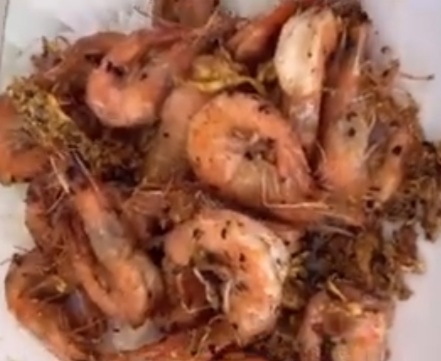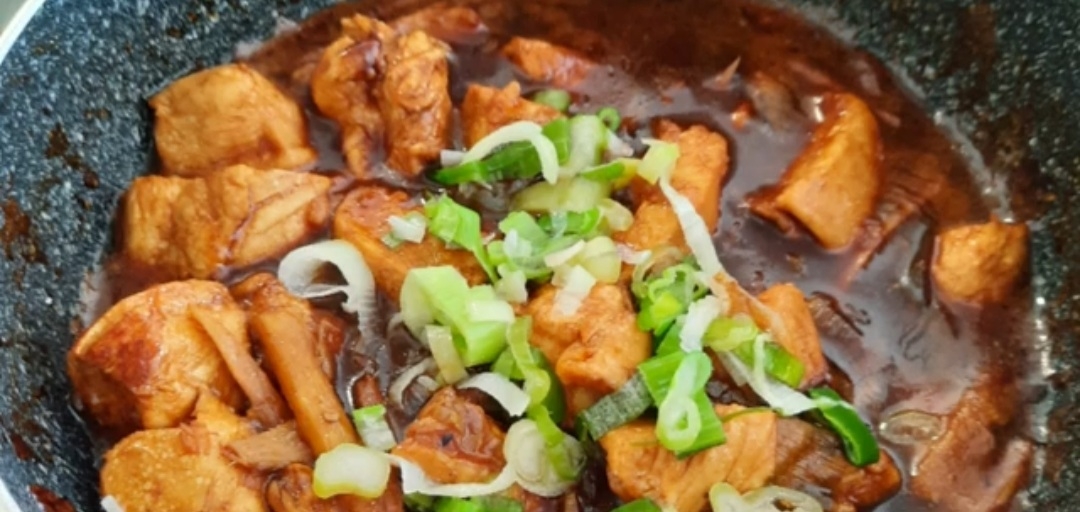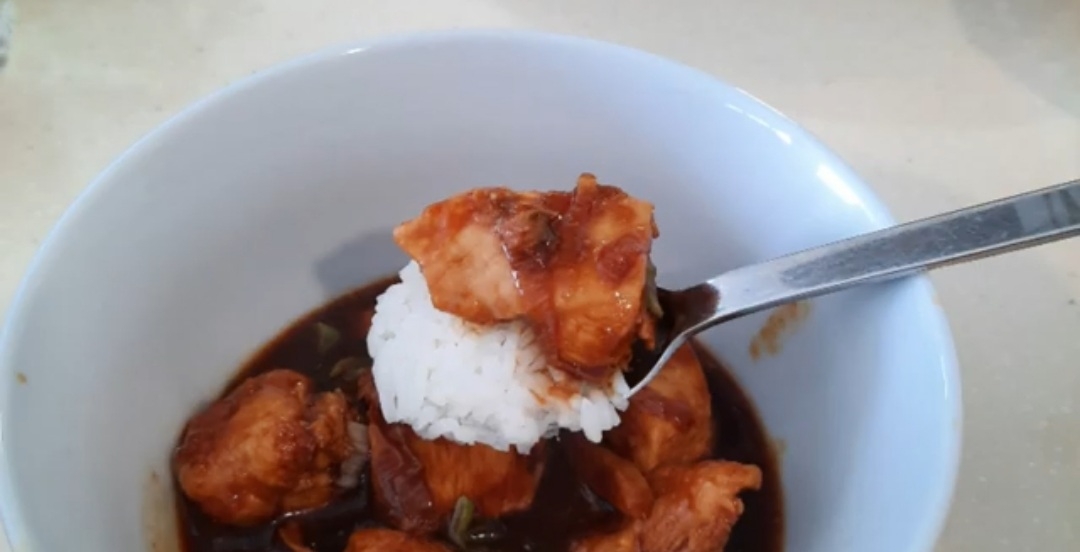Sikhye
Taste of Sikhye: A Delightfully Sweet and Refreshing Rice Beverage
Discover the unique taste of sikhye, a traditional Korean rice beverage. With its delightful sweetness and refreshing qualities, sikhye offers a pleasant and cooling experience. Dive into the subtle flavors of malted rice and hints of cinnamon, creating a harmonious blend that is both satisfying and soothing.
Origins of Sikhye: Tracing the Rich Cultural Heritage
Uncover the rich cultural heritage and history behind sikhye. Originating from ancient Korea, sikhye has been enjoyed for centuries as a traditional dessert drink. Learn about its significance in Korean culinary culture and how it has evolved over time to become a beloved part of Korean cuisine.
Manufacturing Process of Sikhye: From Rice to Nurturing Fermentation
Explore the meticulous manufacturing process of sikhye, where rice is transformed into a delightful beverage. From soaking and steaming the rice to the addition of malted barley and nuruk, understand the careful steps involved in creating the perfect balance of flavors. Witness the nurturing fermentation process that gives sikhye its distinct characteristics.
Serving and Enjoying Sikhye: Cultural Traditions and Pairings
Discover the cultural traditions surrounding the serving and enjoyment of sikhye. From special occasions to everyday meals, learn how sikhye is served and the traditional vessels used. Explore popular pairings with Korean cuisine, such as savory dishes and traditional snacks, to enhance the overall dining experience.


























